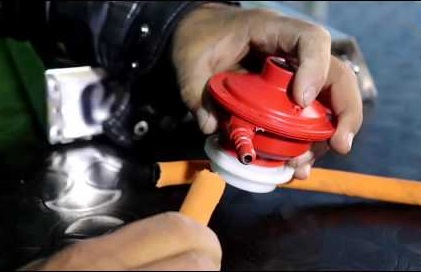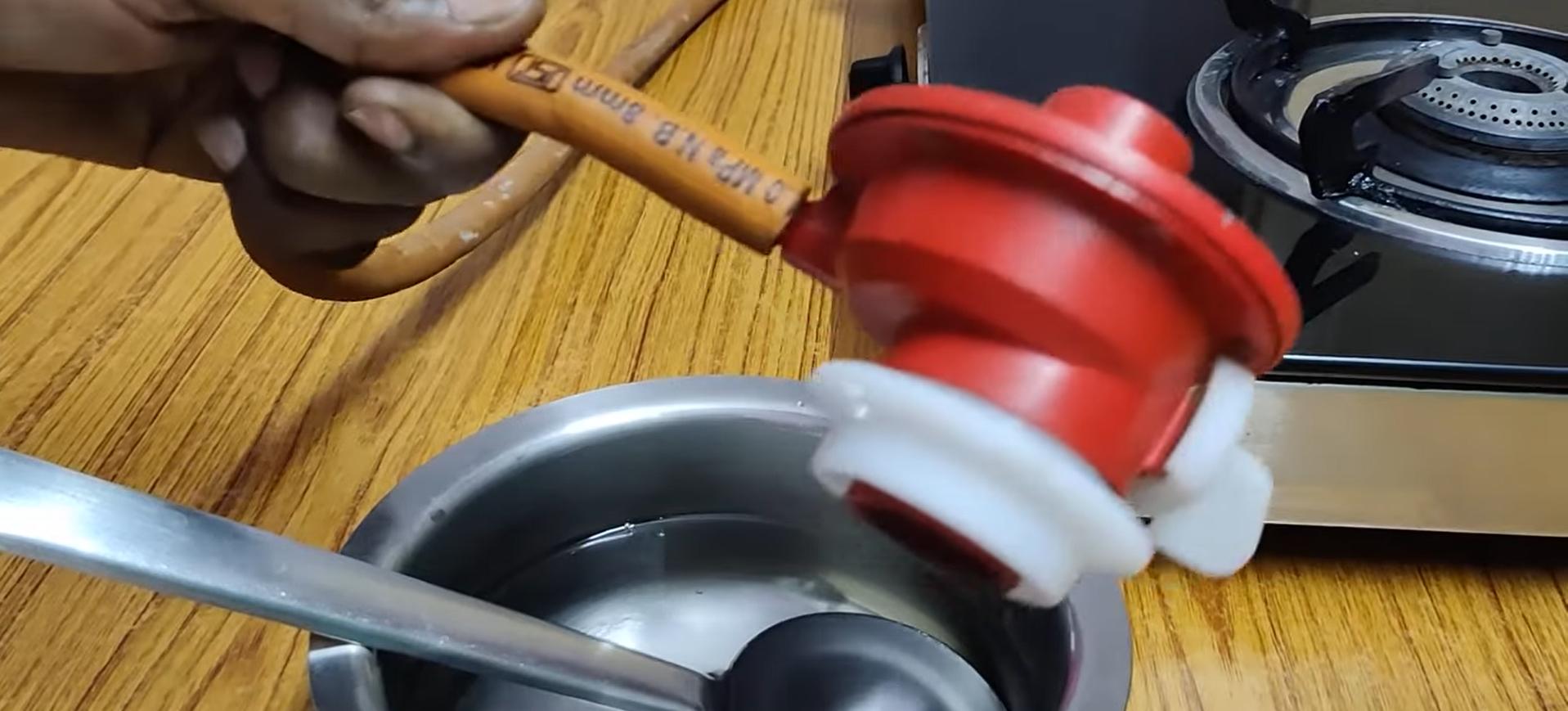Disconnecting gas pipe from regulator or its gas stove can be a difficult task, especially if you’ve never attempted it before. However, with the right knowledge and tools, it’s a task that can be accomplished safely and efficiently. In this blog post, Gas Stove Solutions will explore how to disconnect a gas stove from regulator and address common difficulties people face while doing so.
Disconnecting Gas Line from Stove: Common Challenges
Disconnecting gas line from stove may seem easy, but several difficulties can arise during the process. These challenges can range from safety concerns to stubborn connections. Let us delve into these common issues:

1. Gas Supply Shut-off:
One of the initial challenges individuals encounter is locating and turning off the gas supply. The gas shut-off valve is typically located behind or beneath the stove. However, finding it can be tricky, especially if it is hidden or obstructed by kitchen appliances or cabinetry. Moreover, some people may not be familiar with how to operate the shut-off valve, leading to uncertainty and hesitation.
2. Tight Connections:
Over time, the gas pipe connections can become tightly sealed due to the natural build-up of residue or corrosion. This can make it challenging to disconnect the gas line from the stove. Struggling with tight connections can lead to frustration and potential damage to the gas line or stove.
3. Safety Concerns:
Many individuals worried about working with gas appliances due to safety concerns. Gas leaks can pose serious risks, including fire and health hazards. This fear can hinder people from attempting to gas stove removal, even when it is necessary.
4. Older Appliances:
If you have an older gas stove, you may encounter additional difficulties. Older appliances can have worn-out or corroded connectors that are more challenging to work with. These aged connections may require extra care and effort to uninstall gas stove without causing damage.
5. Lack of Knowledge:
Another common challenge is a lack of knowledge about disconnect gas line from stove. Many people may not be aware of the proper steps and precautions to take when removing gas stove, leading to uncertainty and hesitation.
Easy Ways to Disconnecting a Gas Stove
Despite these challenges, disconnecting a gas stove can be a manageable task with the right approach. Below, we will outline easy steps to remove the gas pipe from the stove without much effort:
Step 1: Gather Necessary Tools:
Before you begin, make sure you have the following tools on hand:
Step 2: Turn Off the Gas Supply:
Locate the gas shut-off valve, which is typically located behind or beneath the stove. Turn it off to cut off the gas supply to the appliance. This step is crucial to ensure safety during the disconnection process.
Step 3: Allow Ventilation:
Proper ventilation is essential when working with gas appliances. Open windows and doors to allow fresh air to circulate and disperse any lingering gas fumes.
Step 4: Disconnect the Gas Line:
Use an adjustable wrench to loosen the gas line connection at the rear of the stove. Turn the wrench counterclockwise to loosen the connection. Be gentle to avoid damaging the gas line or stove.
Step 5: Remove the Stove:
Once the gas line is disconnected, carefully slide the stove away from the wall and clean gas stove top. Take your time and ensure that the gas line does not get caught by any obstacles. This step requires caution to prevent damage or injury.
Step 6: Cap the Gas Line:
To prevent gas leaks, cap the open end of the gas line using a gas line cap. Ensure the cap is secure and properly fitted to the gas line.
Step 7: Double-Check Connections:
Before completing the disconnection process, inspect the gas line and connections for any signs of damage or wear. If you notice any issues, consider replacing the necessary parts to ensure safety.
Step 8: Seek Professional Help (If Necessary):
If you are uncertain or uncomfortable with any part of the disconnection process, it is always a good idea to consult a professional gas technician. They have the expertise and experience to handle gas-related tasks safely and efficiently.
Conclusion
In conclusion, disconnecting a gas stove may present challenges, but by following these easy steps and taking necessary precautions, you can safely and effortlessly remove the gas pipe from your stove. Remember that proper knowledge and tools are key to a successful disconnection process.

Sidhhi has a lifelong love for cooking and is your go-to expert for all things related to gas stoves and kitchen magic. With years of experience in the kitchen, Sidhhi has mastered the art of cooking on gas stoves. Her mission is to make your cooking experience safe, enjoyable, and efficient.
